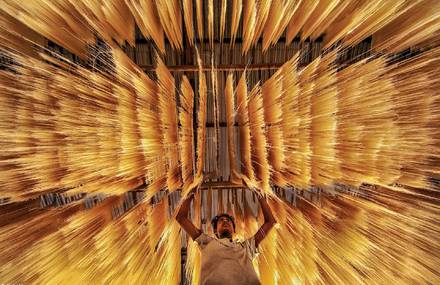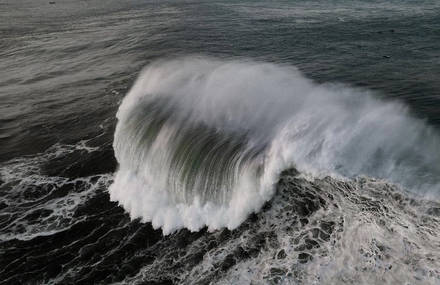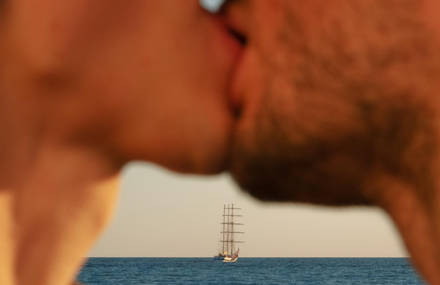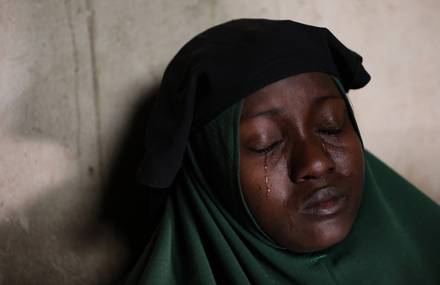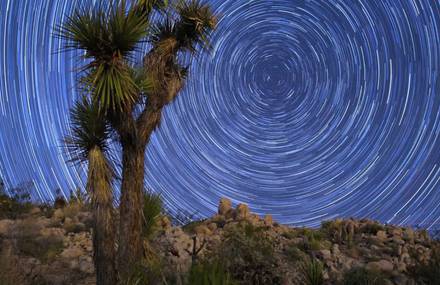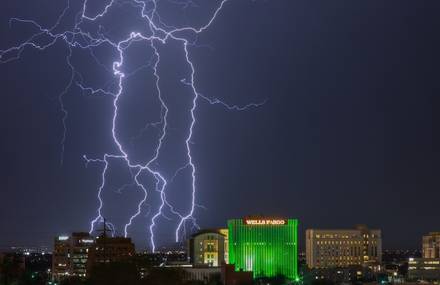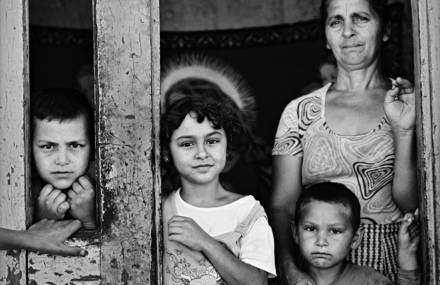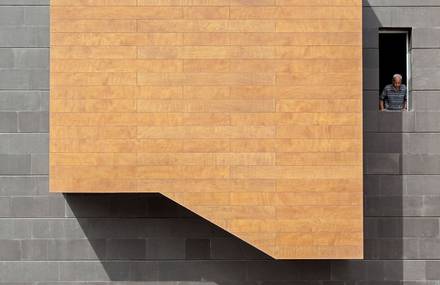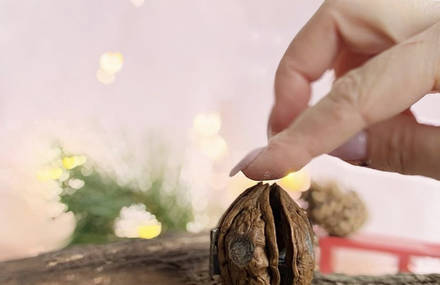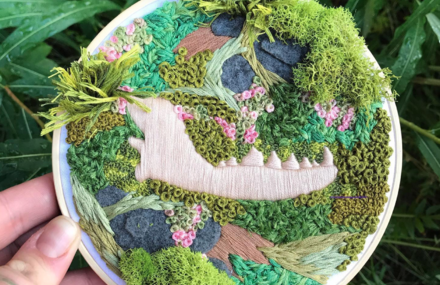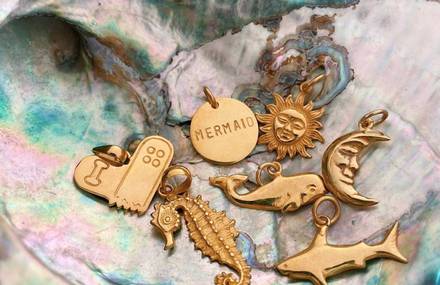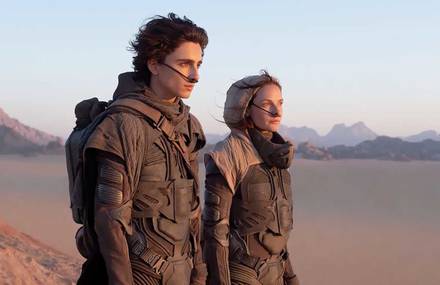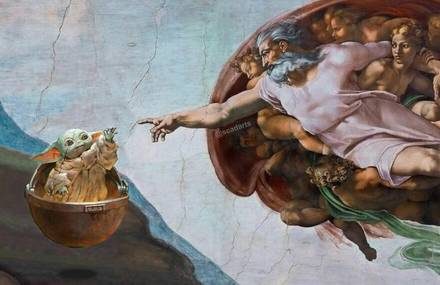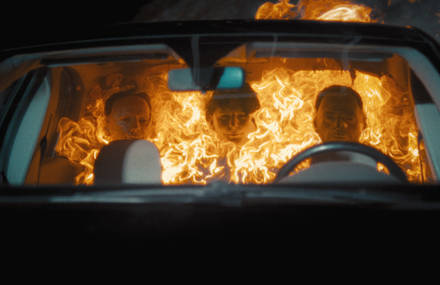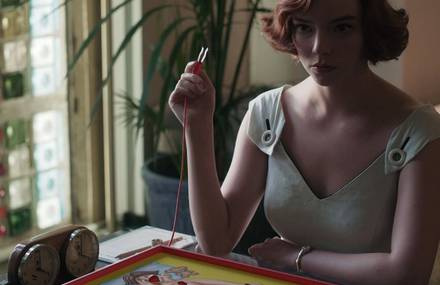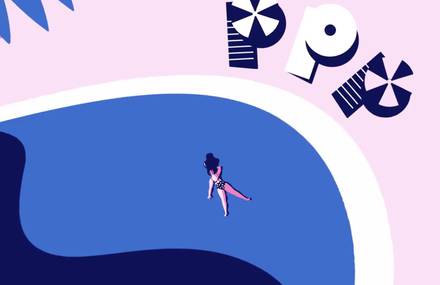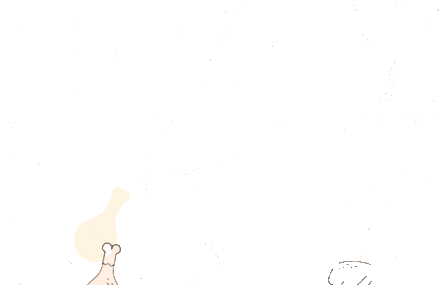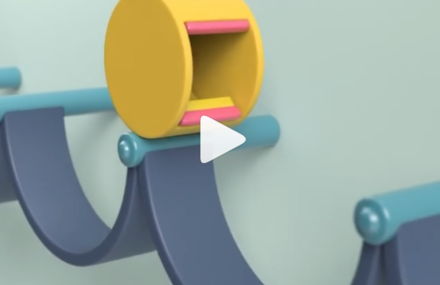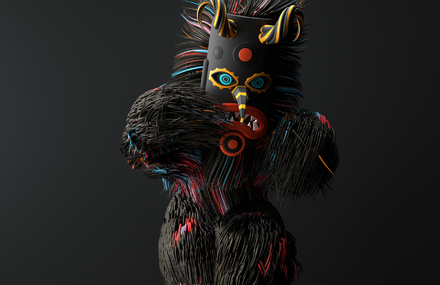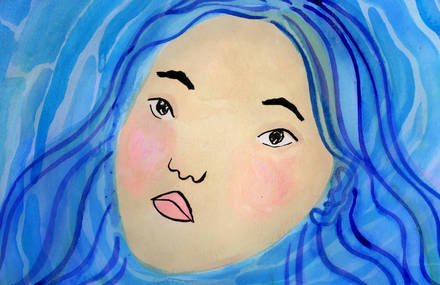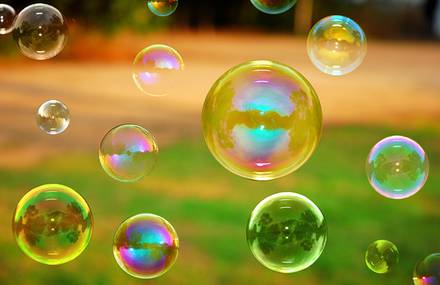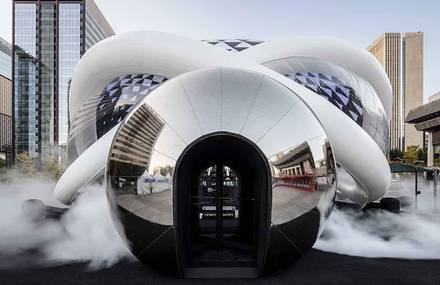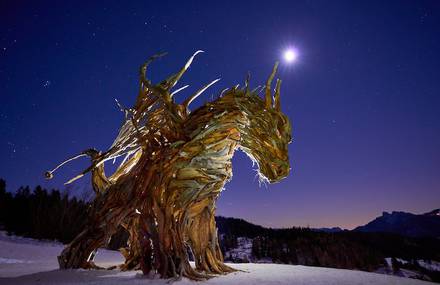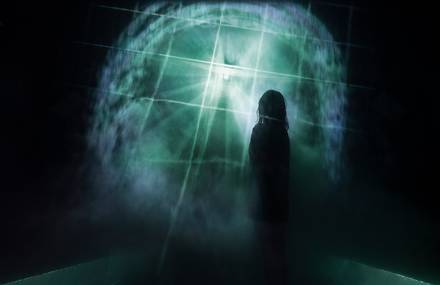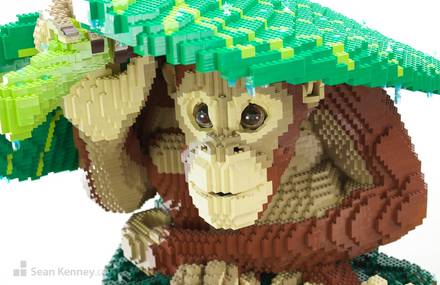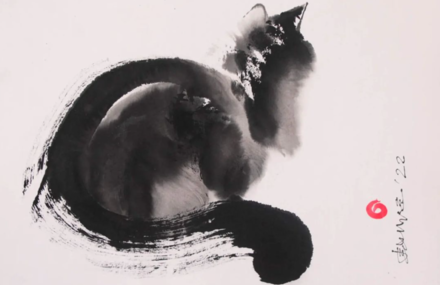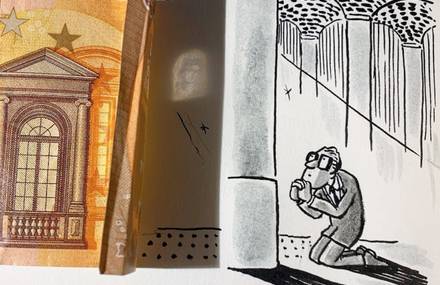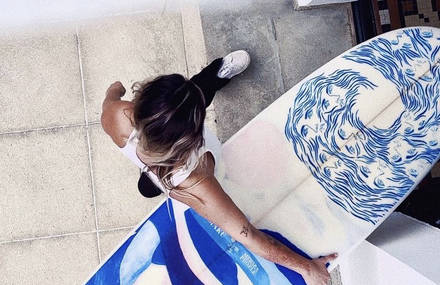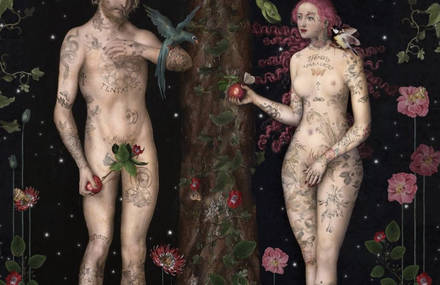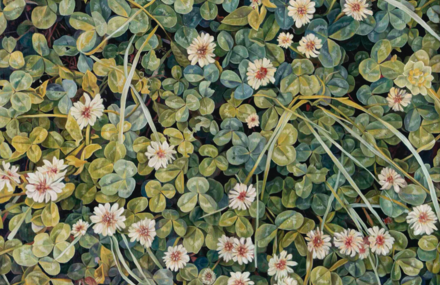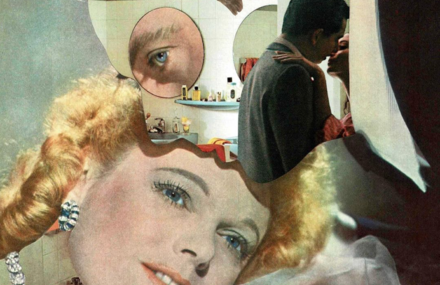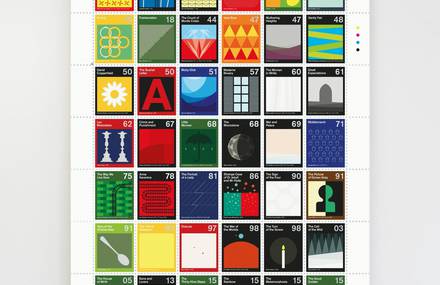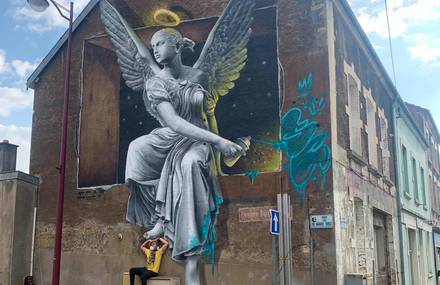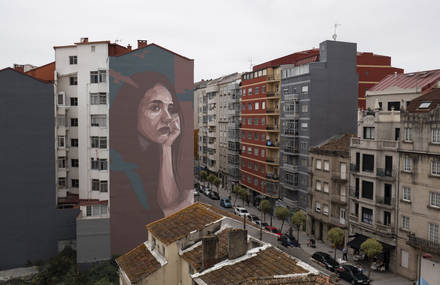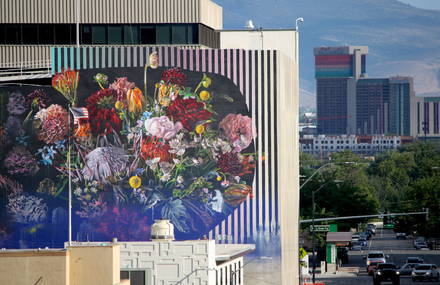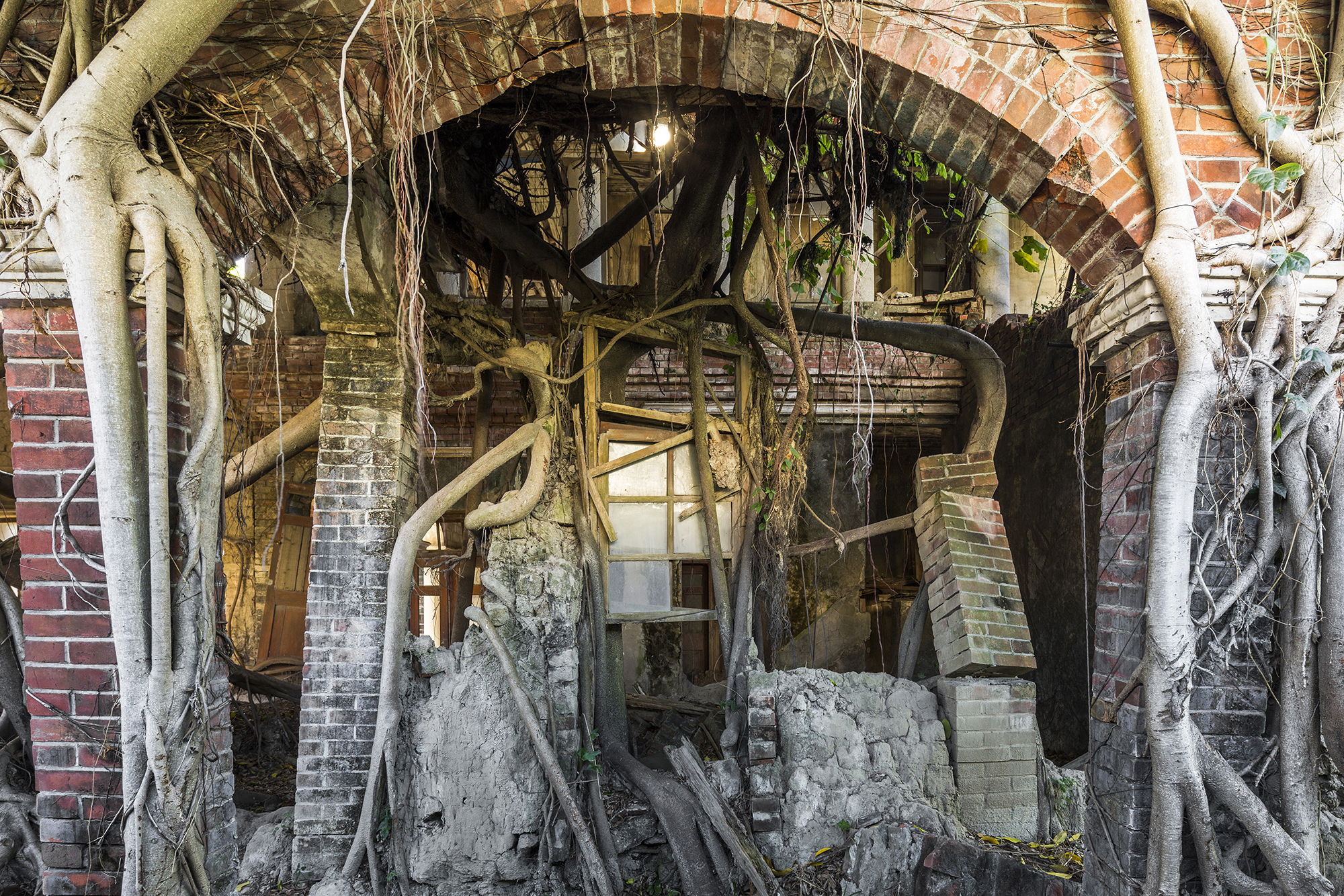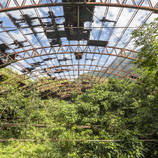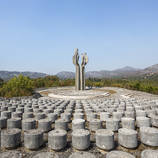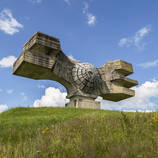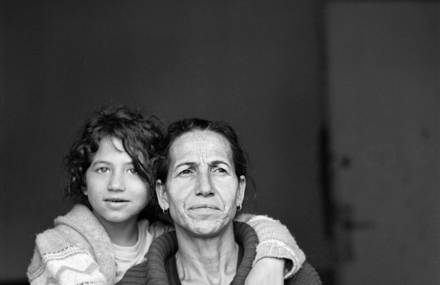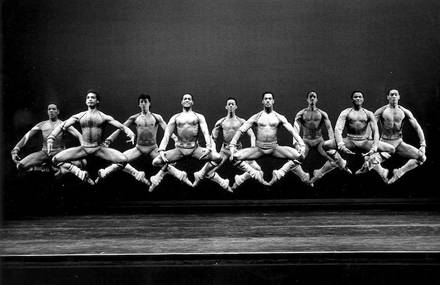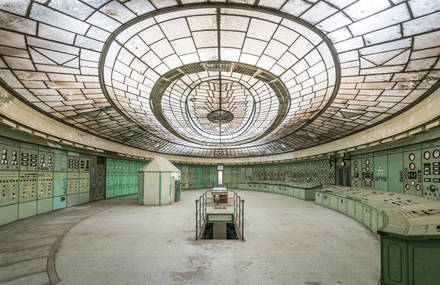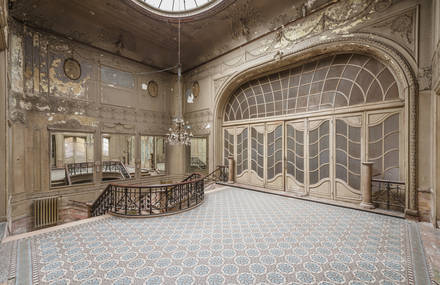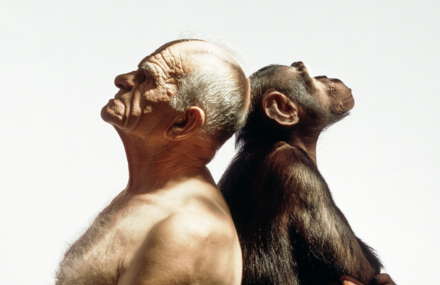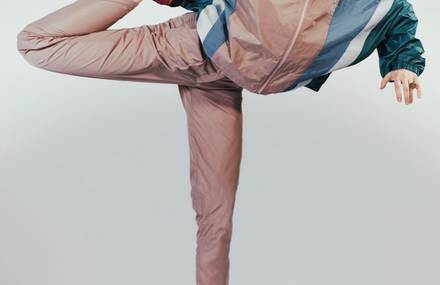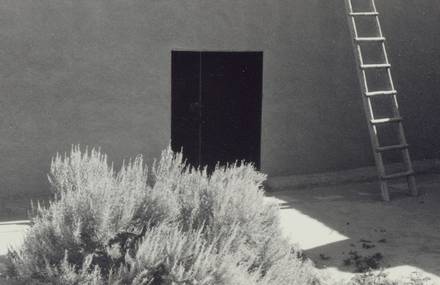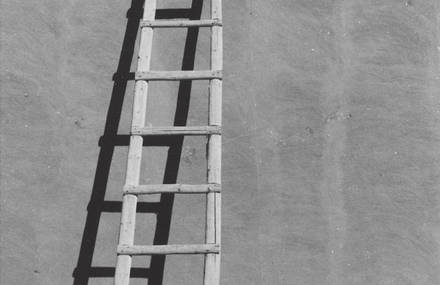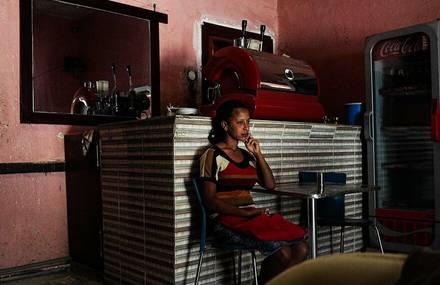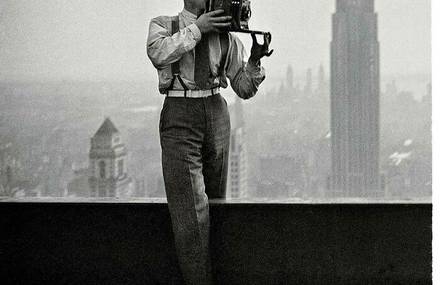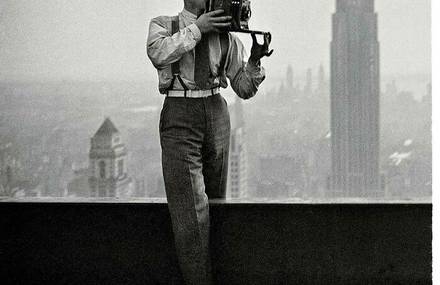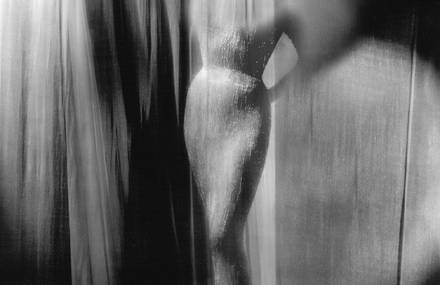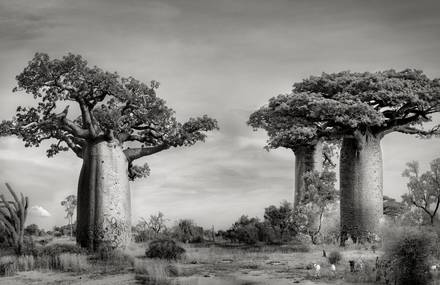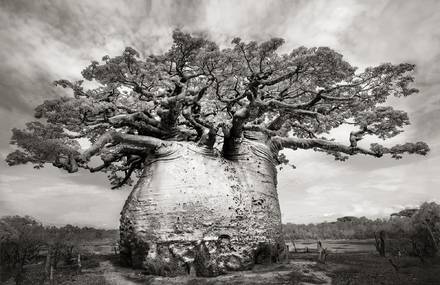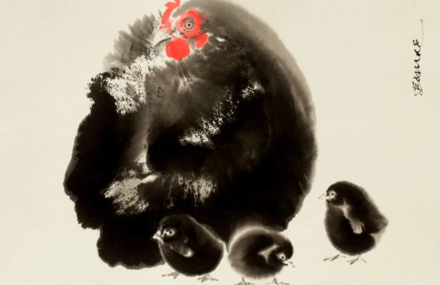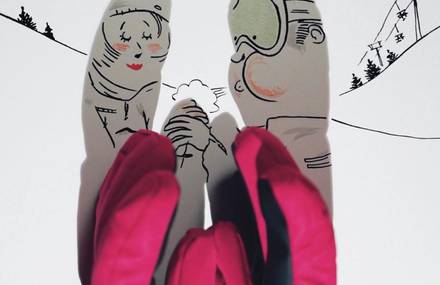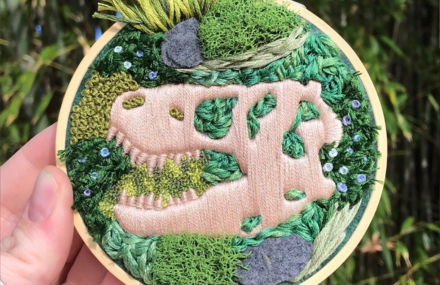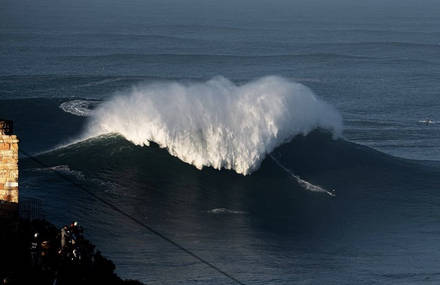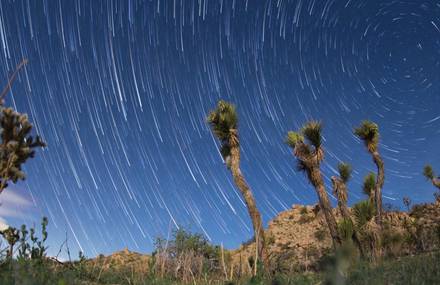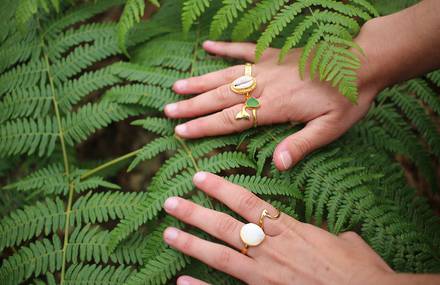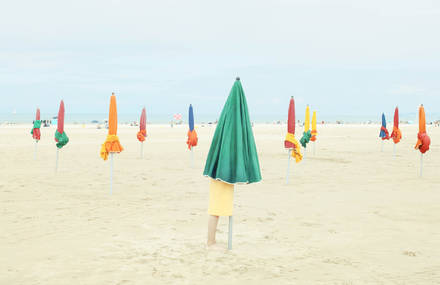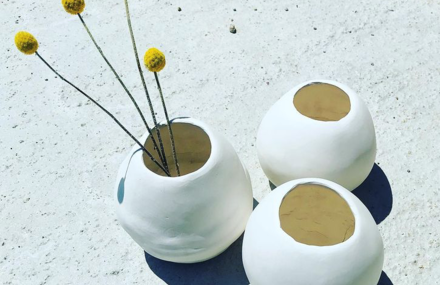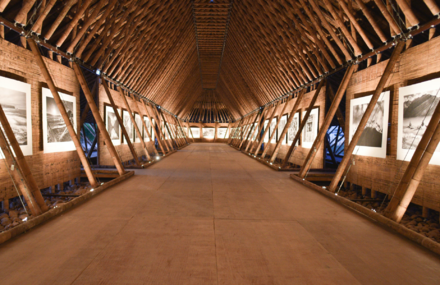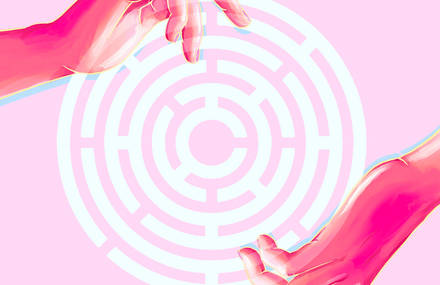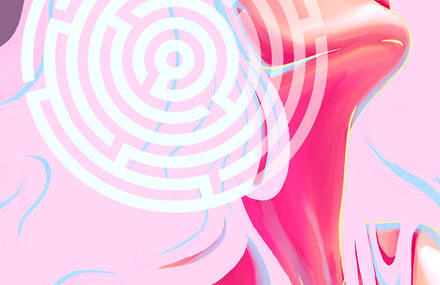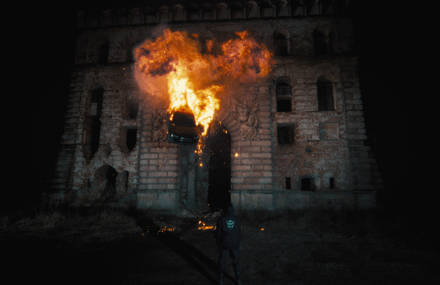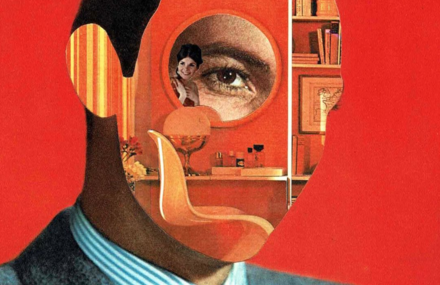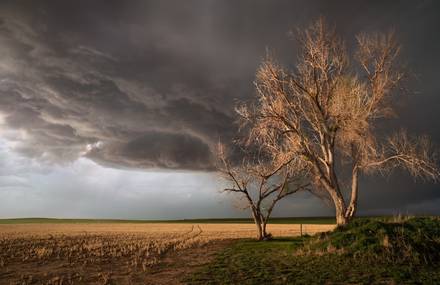French photographer – and explorer – Jonk never hesitates to travel many distances to discover and immortalize unknown places. His works allow us to see the environment’s power under a fresh look and bring us with raw poetry to the edge of spaces left behind. Between his boundless curiosity, his passion for street art and Nature with a capital N, the artist tells us a little about his creative process and what inspires him to go on adventures.
Which path led you to become a photographer?
When I was young, my parents sent me once a year to an American family for two weeks. It was during the February holidays in France, but the Americans did not have a vacation, so I went to school with my hosts. I did that from my 11 to 17 years old. In the beginning, I brought several disposable cameras. It was my first pictures. And then I bought a film camera. For a long time, I only made «souvenir» photos – they were a little bad! -, I did not consider myself as a photographer yet. My first real solo trip to Barcelona was a turning point though. I was 19 years old. I discovered graffiti, and for the first time, I found a subject that pushed me to try to make beautiful pictures!
We explore, through your different series and publications, buildings and abandoned spaces where nature takes back its rights, as in the series called «Naturalia». You seem to be very passionate about this topic.
Yes, it is precisely the graffiti that brought me to abandoned places where the street artists will often paint to be alone, quiet, and take their time to make more significant and more beautiful paintings. After a while of frequenting these artists, I also started painting in these places, and that’s why I’m using the nickname «Jonk». While visiting deserted sites in search of graffiti, I realized the atmospheres’ intensity and the beauty of the passage of time: rust, cracked walls, peeling paint, broken windows, nature who takes over and creates incredible photogenic scenes. This way I started visiting these places, for graffiti or not.
With time, my interest has focused on what seems to be the strongest in this vast topic of abandonment: places taken by Nature. It is poetic, almost magical, to witness this Nature getting back what has been hers, reintegrating through windows, cracks, spaces built by Man and then abandoned, to completely engulf them. This theme has come to me naturally thanks to the ecological conscience that animates me since my youngest age. It carries a strong message: the question of Man’s place on Earth, and our relation with nature. Making a connection between ecology and my work is straightforward.
Today, I’ve visited more than a thousand abandoned places in forty countries on four continents.
In your last series, you make us discover forgotten statues of the former Yugoslavia.
In 2016, while planning a trip to the Balkans, I discovered these Spomeniks or forgotten monuments, as you say. Some of them are abandoned, and they appeared in my research. I fell in love instantly. I found a lot of them, and they were almost half of the places I visited during my first trip in 2016. I travelled 5500 kilometres through what is now Bosnia-Herzegovina, Serbia, Croatia, Kosovo, Montenegro, Macedonia and Slovenia and I photographed 21 Spomeniks. This trip was a revelation. I had sensed the power of these monuments during my research but seeing them with my own eyes was much more intense. It corroborates the fact that I had to look deeper into the subject and go back to the Balkans.
So I went back in 2017 where I travelled this time 4500 kilometres through the same countries. I visited 29 Spomeniks during this trip as well as many abandoned places. In the end, these two trips gave a book: «Spomeniks»!
How do you manage to uncover all these places and hidden treasures?
It is the most complicated part! After that, you buy a plane ticket, rent a car and «click»! I exaggerate, but finding abandoned places is quite tricky, especially exciting places. I do a lot of research on the internet; I spend hours seeking on Google Maps in satellite view. For some countries, databases refer to buildings in peril, that can help. As I am a little followed on social media, it is not uncommon for people to tell me that in their village or their grandmother’s town there is a deserted building or something…
What’s next for you in 2019?
I have several projects, including a book on an unusual theme that will be released in a few months.
